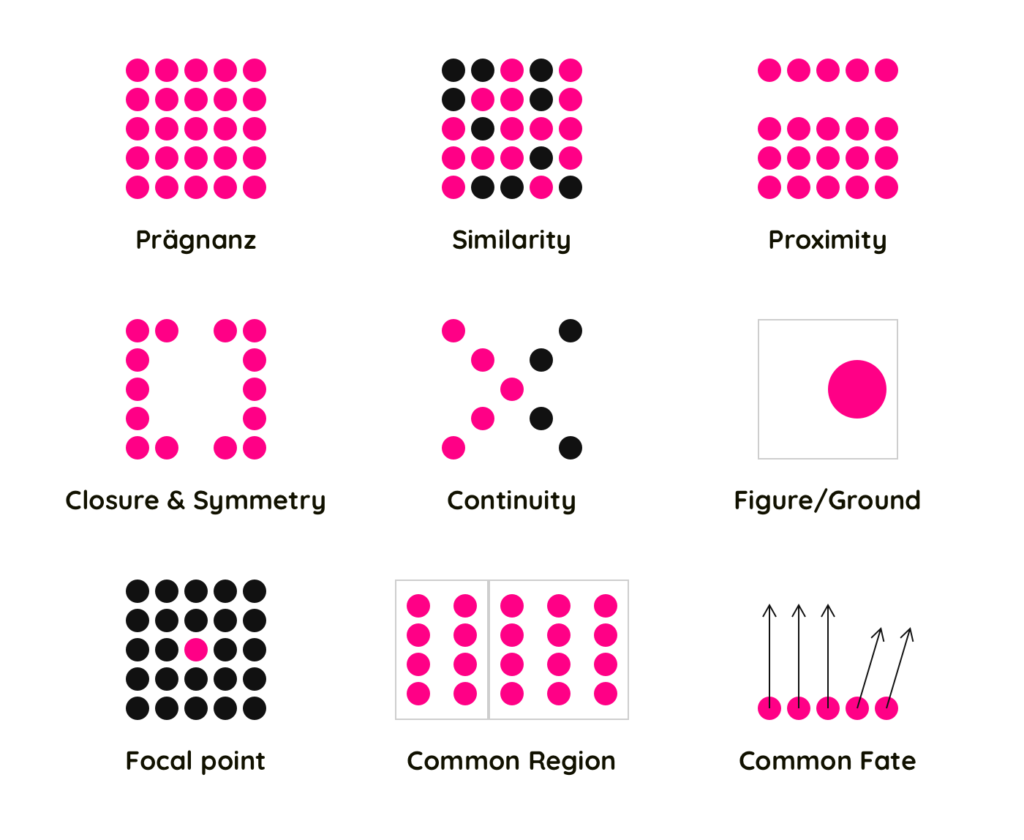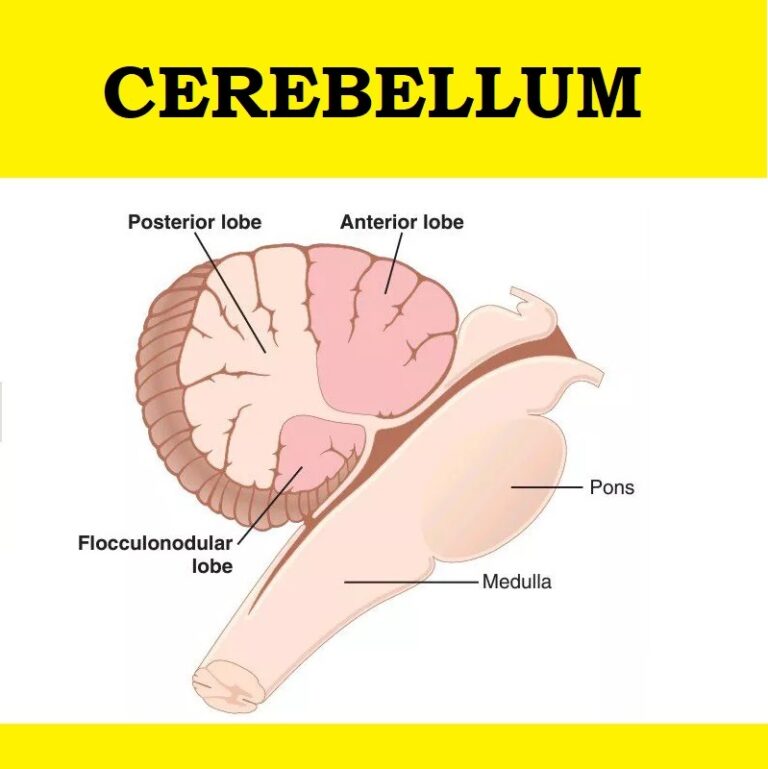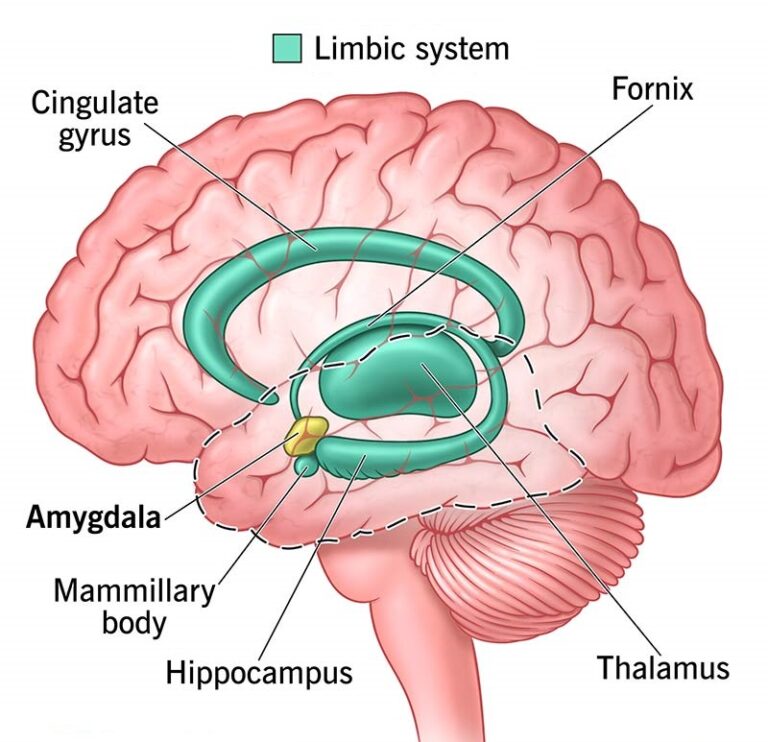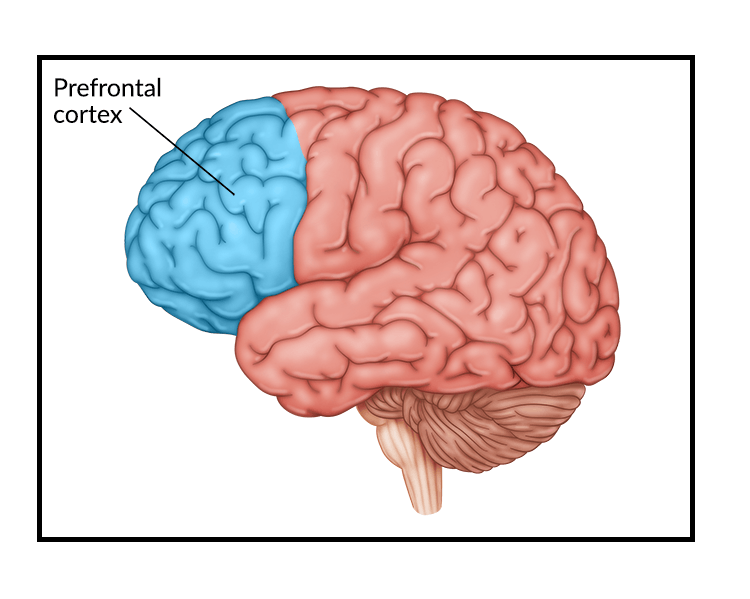
Psychology, the study of the human mind and behavior, is a diverse and expansive field. Among its many schools of thought, Gestalt Psychology stands out for its unique approach to understanding perception and experience. Rooted in the idea that the whole is greater than the sum of its parts, this school of thought revolutionized the way we perceive the world around us.
What is Gestalt Psychology?
Gestalt Psychology, originating in early 20th-century Germany, emphasizes the idea that we naturally perceive objects and events as organized wholes rather than as isolated parts. The term “Gestalt” roughly translates to “form” or “shape” in German. According to this school, our mind is wired to find patterns and relationships in the chaotic influx of sensory information, simplifying our understanding of the environment.
The famous Gestalt mantra is, “The whole is greater than the sum of its parts.” For instance, when we look at a picture of a face, we perceive it as a cohesive whole—eyes, nose, mouth, and ears—rather than merely seeing individual features.
Origins of Gestalt Psychology
Gestalt Psychology emerged as a reaction against structuralism, which focused on breaking down mental processes into the smallest elements. In the early 1900s, Max Wertheimer, Wolfgang Köhler, and Kurt Koffka laid the foundations of this movement. They believed that dissecting mental processes into parts neglected the complexity and unity of human perception.
Wertheimer’s studies on phi phenomenon (the illusion of motion when static images are rapidly presented, as in movies) played a pivotal role in establishing Gestalt principles (Wertheimer, 1912). These foundational studies marked a departure from traditional views and emphasized perception as an active, holistic process.
Key Principles of Gestalt Psychology
Gestalt psychologists identified several principles explaining how we organize sensory information into meaningful wholes. These principles are deeply ingrained in our daily lives and shape how we interact with the world:
1. Principle of Proximity
Objects close to each other are perceived as belonging to the same group.
Example: When we see a group of stars forming a constellation, we associate nearby stars to create patterns such as Orion or the Big Dipper.
2. Principle of Similarity
Similar elements are perceived as part of the same group.
Example: In a classroom, students wearing the same uniform appear as part of a cohesive team or institution.
3. Principle of Continuity
We prefer continuous and smooth patterns over disjointed ones.
Example: A curved road on a map is seen as one continuous pathway rather than a series of disjointed lines.
4. Principle of Closure
The mind fills in missing information to create a complete image.
Example: A dotted circle is perceived as a whole circle, even though it is incomplete.
5. Principle of Figure and Ground
We separate an object (figure) from its background (ground).
Example: In the famous Rubin’s vase illusion, one can see either a vase (figure) or two faces (ground), but not both simultaneously.

Applications of Gestalt Psychology
Gestalt principles have far-reaching implications, influencing various fields from psychology to design. Let us explore some practical applications:
1. Education
Gestalt principles guide effective teaching strategies. For example, when teaching a mathematical concept, presenting it as a cohesive problem rather than isolated steps fosters better understanding (van Hiele, 1959).
2. Therapy
Gestalt Therapy, developed by Fritz Perls, focuses on helping individuals integrate fragmented aspects of their experiences, promoting self-awareness and personal growth (Perls, 1973).
3. Design and Art
Graphic designers use Gestalt principles to create visually appealing layouts. Websites, logos, and advertisements often rely on proximity, similarity, and continuity to guide user experience.
| Principle | Example in Design |
|---|---|
| Proximity | Grouping related icons on a toolbar |
| Similarity | Using consistent fonts and colors in a layout |
| Closure | Designing minimalist logos, like WWF’s panda |
4. Problem-Solving
In cognitive psychology, Gestalt principles help understand insight problem-solving—when solutions emerge suddenly, like the “Aha!” moment (Duncker, 1945).
Examples to Bring it to Life
Example 1: Visual Perception
Imagine a jigsaw puzzle. While each piece represents an isolated fragment, our minds naturally seek to complete the image. The joy of finishing the puzzle comes from seeing the whole emerge.
Example 2: Workplace Organization
In an open office, desks arranged in clusters foster a sense of team unity (proximity), while consistent branding across materials strengthens organizational identity (similarity).
Visual Representation of Gestalt Principles
Table: Gestalt Principles in Everyday Life
| Principle | Everyday Example | Impact |
|---|---|---|
| Proximity | Items on a restaurant menu grouped by category | Easier decision-making for customers |
| Similarity | Sports team wearing matching uniforms | Quick identification and unity |
| Closure | Road signs with missing parts still recognizable | Faster comprehension by drivers |
| Figure & Ground | Reading white text on a black background | Improved readability |
Criticisms and Limitations
While Gestalt Psychology has provided invaluable insights, it is not without criticism:
- Lack of Experimental Rigor: Critics argue that early Gestalt studies lacked quantitative methods, relying heavily on subjective observations (King & Wertheimer, 2005).
- Overemphasis on Perception: The focus on visual perception sometimes neglects other cognitive processes, like memory and emotion.
- Cultural Variations: Gestalt principles may not apply universally across all cultural contexts, as perception can be influenced by societal norms and experiences (Nisbett & Miyamoto, 2005).
Conclusion
Gestalt Psychology offers a profound lens through which we can understand perception, problem-solving, and even creativity. By focusing on wholes rather than fragments, it provides a unifying theory that resonates with our natural inclinations as humans. From art and design to education and therapy, the legacy of Gestalt principles continues to enrich our understanding of the human experience.
In a world filled with fragmented information and sensory overload, Gestalt Psychology reminds us of the beauty of patterns, harmony, and coherence—echoing the wisdom that sometimes, the whole truly is greater than the sum of its parts.
References
- Wertheimer, M. (1912). Experimental Studies on the Perception of Movement. Zeitschrift für Psychologie.
- van Hiele, P. M. (1959). The Child’s Thought and Geometry. London: Routledge.
- Perls, F. (1973). Gestalt Therapy Verbatim. Real People Press.
- Duncker, K. (1945). On Problem-Solving. Psychological Monographs.
- King, D., & Wertheimer, M. (2005). Max Wertheimer and Gestalt Theory. Transaction Publishers.
- Nisbett, R. E., & Miyamoto, Y. (2005). The Influence of Culture on Visual Perception. Annual Review of Psychology.







